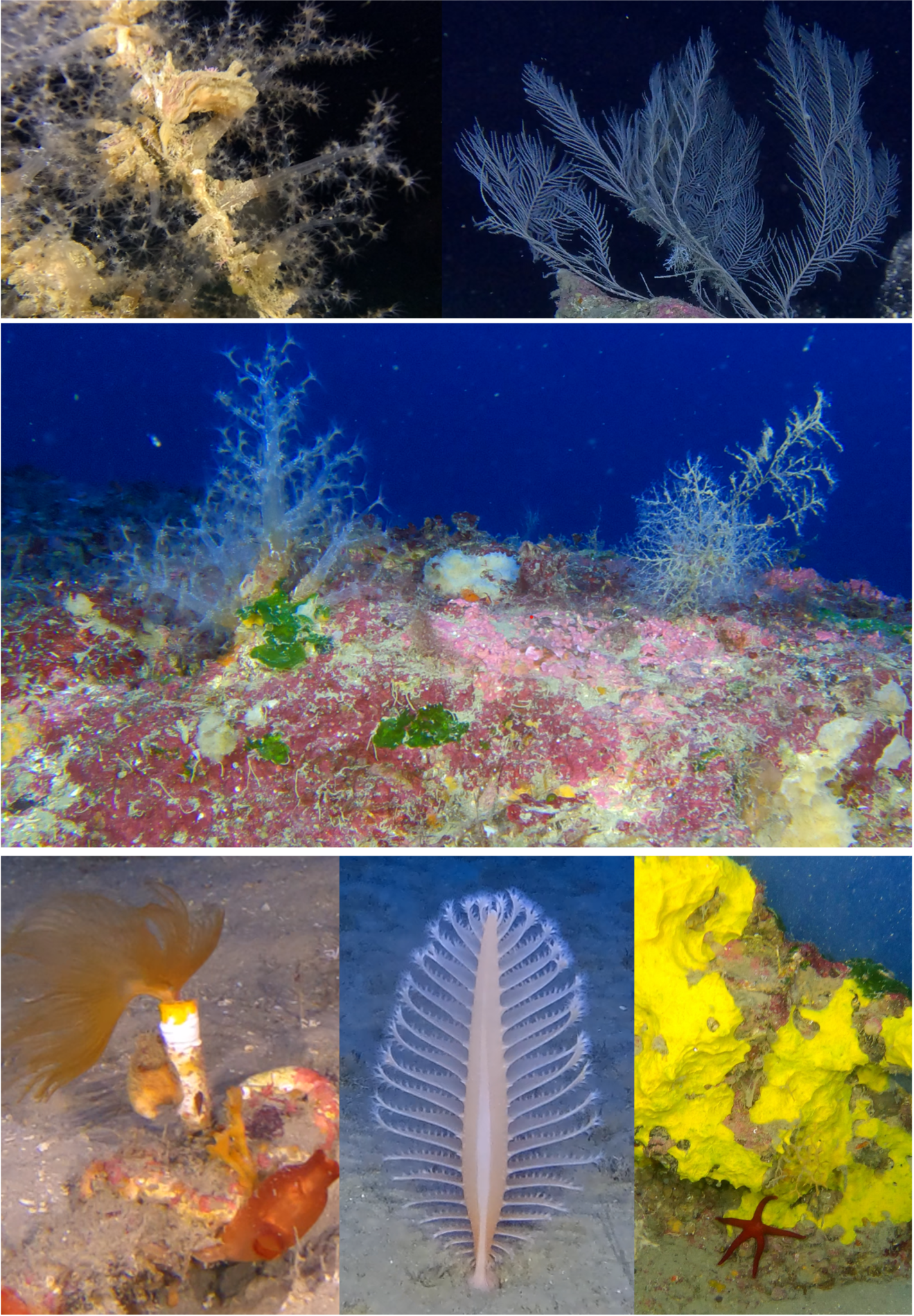
Newsroom
Beneath the sunlit waves surrounding Cyprus lies a mysterious world few have seen. Thanks to the MESOPHOS project, scientists have now ventured into this shadowy realm, exploring mesophotic ecosystems, reefs and habitats that lie between 50 and 200 metres deep, around Akrotiri and Dhekelia for the very first time.
Using a remotely operated vehicle (ROV), the Marine & Environmental Research (MER) Lab surveyed more than 32 sites, uncovering a thriving underwater seascape. Towering sponges, colourful corals, delicate anemones, and countless other benthic organisms form intricate three-dimensional habitats, supporting an astonishing diversity of marine life. In total, researchers recorded over 200 species, including several never before documented in Cyprus, many of which are protected or under threat.
“These mesophotic habitats act as natural refuges for marine biodiversity,” said a MER Lab spokesperson. “They even help sustain fisheries by strengthening the resilience of our marine resources.”
But the deeper you go, the clearer the marks of human activity become. The team found marine litter, abandoned fishing gear, known as ghost gear, and damage caused by bottom-trawling, alongside signs of invasive species and coral die-off likely linked to rising ocean temperatures. These fragile ecosystems grow slowly and have a limited ability to recover once damaged.
The MESOPHOS findings highlight both the richness and the vulnerability of these underwater landscapes. Scientists are calling for urgent protection measures, including spatial restrictions on destructive activities, active cleanup of litter and lost gear, and long-term monitoring to safeguard these habitats for future generations.
The project was led by the MER Lab in partnership with the Blue Marine Foundation and funded by the UK Government through Darwin Plus (DPL00075).
































